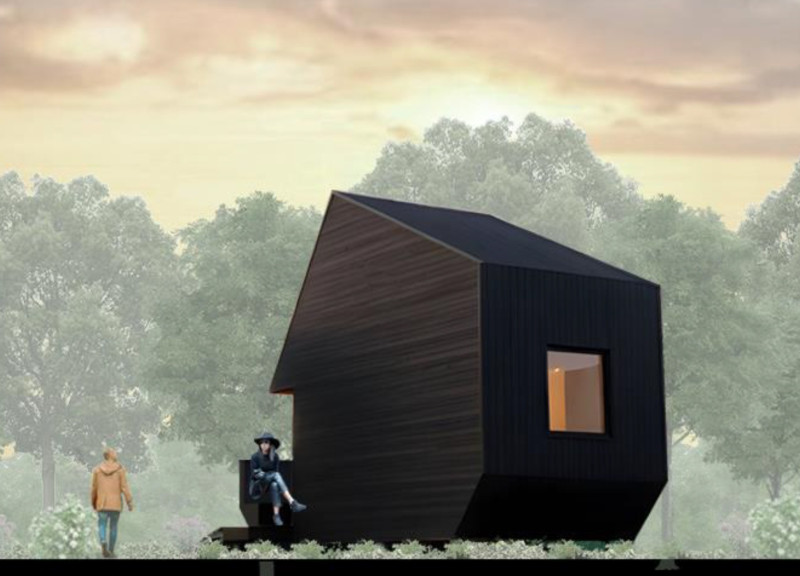5 key facts about this project
This project represents a commitment to sustainability and environmental consciousness. The design principles employed prioritize the use of durable, eco-friendly materials while minimizing the ecological footprint. The foundation of the structure is anchored in high-performance concrete, chosen for its strength and resilience, ensuring long-lasting durability. Large expanses of low-emissivity glass are strategically placed to maximize natural light while reducing energy costs related to heating and cooling, reinforcing the building's environmental aspirations. The inclusion of locally sourced timber adds a warm aesthetic to the interior spaces, promoting a connection to the natural world, while structural steel components are utilized to create open and flexible interior configurations.
Among the key elements of the design is the thoughtful layout that facilitates an inclusive environment. Spaces are arranged to promote interaction and collaboration, with open common areas that invite communal use. This layout effectively supports the building’s function as a gathering space, with designated zones for [insert specific activities, e.g., meetings, workshops, or social events]. Such spatial organization reflects a modern approach to architecture, where the emphasis is placed on user experience and adaptability.
The unique design approaches are evident in the incorporation of sustainable features that not only enhance the building's performance but also educate users on environmental stewardship. Green roofs planted with native vegetation provide insulation and manage stormwater, reducing the demand on municipal systems and enhancing biodiversity. Solar panel installations on the roof generate renewable energy, further aligning the project with contemporary sustainability goals. Additionally, the design embraces natural ventilation techniques, allowing for air circulation that maintains comfort without relying heavily on mechanical systems.
This architectural project is deeply integrated into its geographical context. By considering the surrounding landscape and urban features, the design respects and complements its location. The façade's material selection and color palette are inspired by local architecture, creating harmony between the building and its environment. This relationship is essential for fostering a sense of place, making the architecture feel both relevant and grounded in its setting.
In exploring this project, one can recognize the multifaceted nature of architectural design—function, sustainability, and community engagement are skillfully woven together to create a space that benefits its users and enhances the urban fabric. The design serves as a model for future projects aiming to merge aesthetic and practical considerations with a commitment to environmental responsibility.
For those interested in exploring the intricacies of this architectural endeavor, a more in-depth examination of the architectural plans, architectural sections, and various architectural designs will offer valuable insights. The details reflect innovative architectural ideas that not only address functional needs but also inspire a broader conversation about the role of architecture in contributing to sustainable and community-oriented development.


 Debbie esther Wintermeyer
Debbie esther Wintermeyer 




















